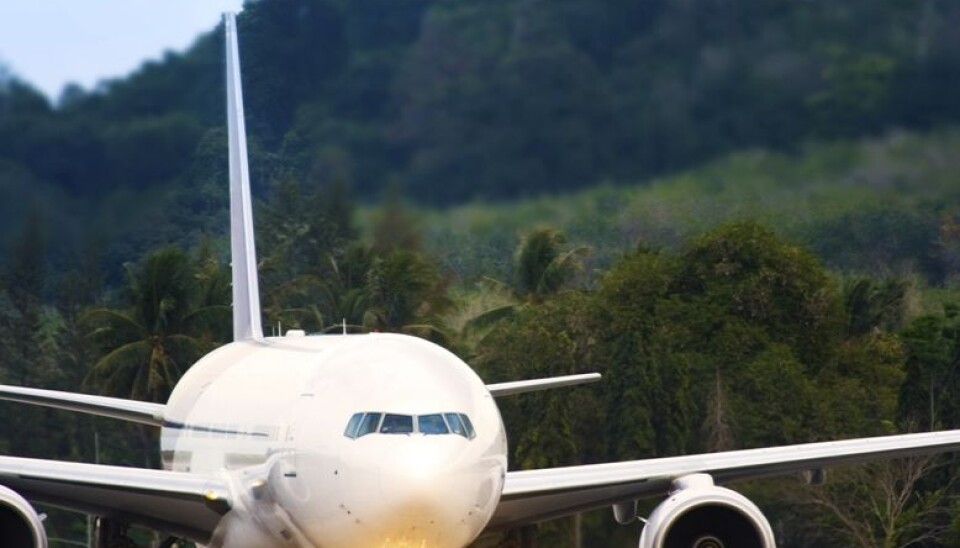
Swedish transport deregulation leads to price hikes
The idea was to increase competition and lower prices. But when domestic flights and the taxi sector were deregulated, it had the opposite result, and prices spiked, Swedish research shows.
Sweden's transport sectors have undergone major changes in recent years, with the deregulation of domestic flights, the taxi market, railway services and vehicle control provisions.
The Swedish National Road and Transport Research Institute (VTI) has assessed the impact of these reforms over the past 20 years, and has found one extremely surprising result.
“The change in regulation has led to some increase in competition, but not generally lower prices,” says Professor Jan-Eric Nilsson at VTI.
Domestic flight competition
Up until 1990, passenger numbers on domestic flights had been steadily increasing. But following the Swedish banking crisis, as well as an increase in the value added tax on personal transport and competition from new high-speed trains, flight passenger numbers dropped.
“In order to increase competition and lower ticket prices, domestic air travel market regulations changed in July 1992,” Nilsson explains.
“The reforms meant that SAS and Linjeflyg airlines no longer enjoyed market privileges. At the same time, the regulation that linked prices to the general trend in consumer price was removed.”
“Overly optimistic expectations”
Ticket prices did not vary much in the first few years following deregulation, but in the mid-1990s they started to change – upwards. Prices have steadily increased since, despite more competition in the domestic market and an increase in the market share for budget airlines.
“It is fairly clear that the Competition Committee and the Government’s expectations of the regulatory changes were overly optimistic,” the VTI report says.
The researchers suggest that a relatively small domestic flight market and customer base limited competition and prevented subsequent price reductions. They point to a surplus demand in the domestic market from the 1980s, which may have pushed prices up after deregulation towards an equilibrium.
Taxi fares increasing
A similar story played out in the taxi sector, where taxi fares have risen twice as much as the consumer price index (CPI) since deregulation in 1990 . The reform aimed to improve 24/7 access to taxis across the country, by making it easier for taxi drivers to set up a business. By increasing competition, it was also expected that taxi fares would stay at a relatively low level.
However, an analysis shows that the fare for private taxis has risen much more than consumer prices after deregulation. The average price increase for 1990-2007 is almost four per cent, compared to a CPI increase of two per cent.
The report suggests that taxi fares likely went up to eliminate a previous surplus in demand – much like what happened with the domestic flight market.
Shorter waiting times
On the positive side, the taxi reform also led to a 22 per cent increase in the number of taxis, reducing customer waiting time dramatically. As this has changed taxi service in a major way, it’s impossible to make any meaningful comparisons with the taxi sector pre-1990, the researchers argue.
But considering the service improvement, they suggest that deregulation on balance may have had a net positive effect.
For the vehicle control market and railway sectors, which were deregulated in 2010 and 2011 respectively, it is too early to find any trends in passenger numbers or fares.
Further market changes needed?
“A deregulated market that develops differently from what the original regulatory changes intended could necessitate further changes in regulation,” the researchers point out.
But shaping and overseeing market competition could be a challenging task for regulators in times ahead.
“Several of the markets relevant in this context are characterised by a dominant actor owned by the state,” the VTI report points out.
“It is not clear whether the Swedish regulator function will be able to perform with the same degree of independence as has long been customary in Anglo-Saxon countries.”






